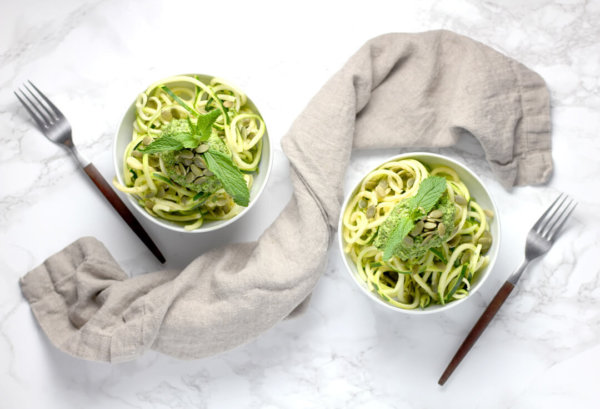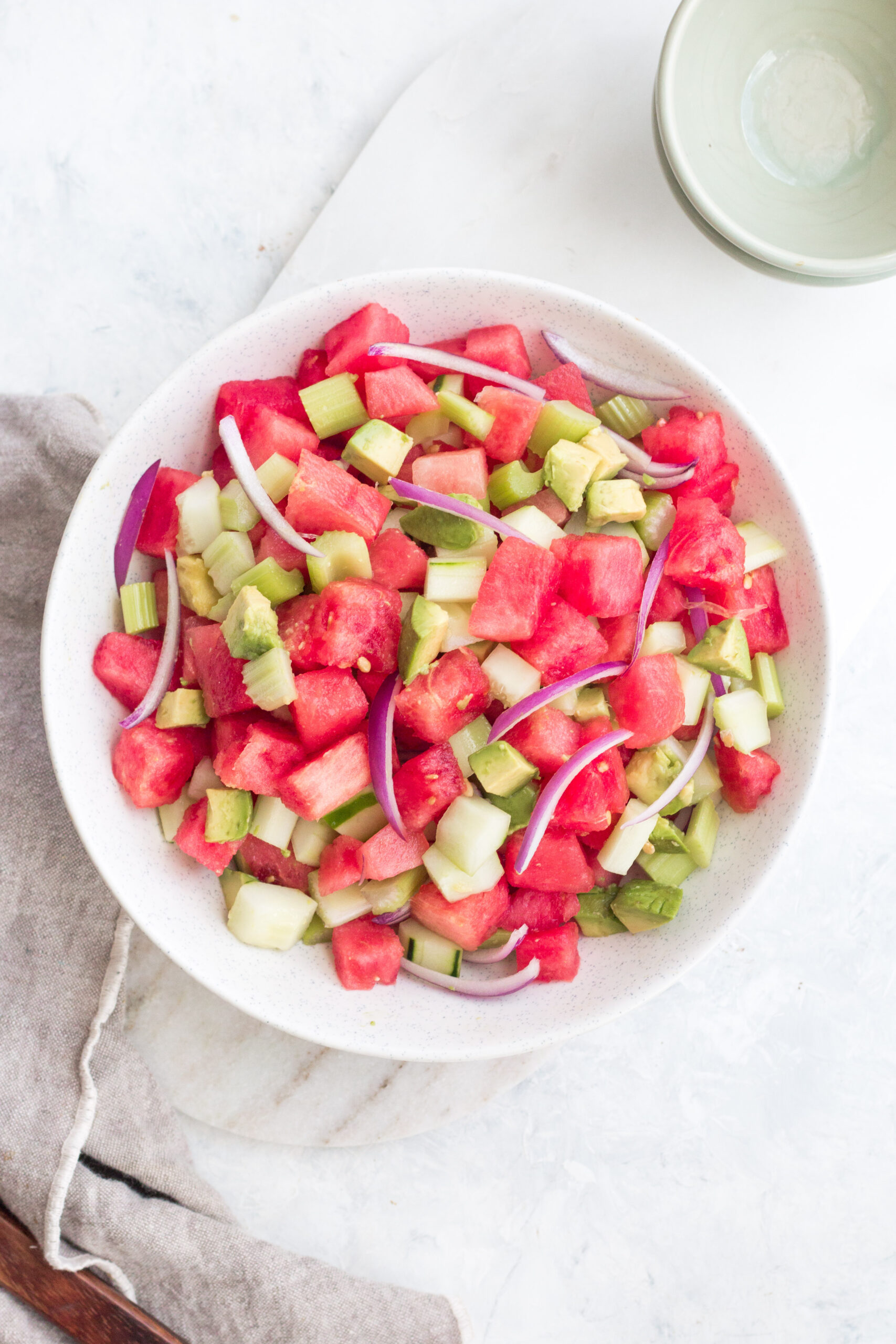
Did you know that some seemingly healthy foods like red wine, citrus fruits, and aged cheese can trigger a cascade of issues like anxiety, migraines, and fatigue? This might be due to histamine intolerance.
What is Histamine Intolerance?
Histamine is a key player in our immune system, triggering inflammation during injury or healing. However, an imbalance can lead to histamine intolerance. This happens when your body either produces too much histamine or lacks the enzyme (DAO) needed to break it down.
Conventional Diagnosis Challenges
Histamine intolerance can be tricky to diagnose and often goes unrecognized by traditional medicine. Functional medicine practitioners often link it to gut dysbiosis (imbalance of gut bacteria) and hormonal imbalances.
The Gut-Histamine Connection
Gut dysbiosis can be a major culprit. When “bad” gut bacteria overgrow, they produce histamine from undigested foods, overwhelming your body and leading to an accumulation of histamine.
Symptoms of Histamine Intolerance
- Anxiety
- Migraines
- Hives
- Acid reflux
- Abdominal pain
- Fatigue
- Tissue swelling
- Inflammation
What Causes High Histamine Levels?
There are two main reasons for high histamine levels:
-
Overproduction: Gut dysbiosis and Mast Cell Activation Syndrome (MCAS) can cause your body to produce too much histamine.
-
Breakdown Deficiency: A lack of DAO or HNMT enzymes, responsible for breaking down histamine, can lead to its build-up.
DAO: Your Body’s Histamine Cleanup Crew
Diamine oxidase (DAO) is the primary enzyme that breaks down histamine in your small intestine. If you have sufficient DAO, your body can handle high-histamine foods. However, a DAO deficiency can lead to problems.
The Good News: Supporting Your DAO Levels Naturally
Omega-3 has been shown to release DAO so eat more:
● Olive oil
● Wild caught salmon
● Mackerel
● Walnuts
*Be wary of fish oil supplements, which are very susceptible to oxidation.
You can also boost DAO with the following:
Healthy saturated fats:
● Grass-fed butter
● Avocado
● Fatty fresh fish
● Pasture-raised chicken eggs (unless it’s a sensitivity)
Phosphorus:
● Almonds
● Broccoli
● White beans
● Pasture-raised chicken eggs (unless you have a sensitivity)
Calcium:
● Dark leafy greens
● Broccoli
● Beans
● Lentils
Zinc:
● Grass-fed meat
● Almonds
● Lentils
● Spinach
Magnesium:
● Dark leafy greens
● Pumpkin
● Almonds
● Cashews
Vitamin B12:
● Grass-fed beef liver
● Grass-fed beef
● Wild caught salmon
● Fresh tuna
Iron:
● Lentils
● Pumpkin seeds
● Grass-fed beef
● Broccoli
Courtesy of Dr. Jill Carnahan
Histamine is responsible for the trademark allergic reaction, from some uncomfortable inflammation all the way to anaphylactic shock! Share on X
Signs and symptoms of histamine related disorders include:
● Headaches
● Nasal congestion
● Fatigue
● Hives
● Digestive issues
● Irregular menstrual cycle
● Skin rashes and hives
● Anxiety
● Difficulty concentrating
● Flushing and severe sweating
● Itching
● Diarrhea
● Brain fog
● Nausea
● Vomiting
● Bone pain
● Bloating
● Sunlight sensitivity
● Frequent urination
● Anaphylaxis
● Numbness in face and extremities
● Tachycardia (racing heart rate)
● Unexplained weakness
● Liver/spleen/kidney/bladder pain
● Unexplained bruising
● Malabsorption
● Constipation
● Chest pain
● Intermittent tinnitus or hearing problem
If you suspect histamine intolerance (or not enough DAO), there are a few things you can do:
1. Reduce the histamine in your diet
2. Boost your DAO enzyme
3. Avoid DAO blocking foods
DAO Blocking Foods to Avoid:
● Alcohol
● Energy drinks
● Green/Black Tea
High Histamine Foods:
1. Fermented foods – wine, cheese, yogurt, kefir, sauerkraut, fish sauce, coconut
amines, fermented soy products
2. Seafood – shellfish, finfish, fresh, smoked, or canned seafood
3. Eggs
4. Processed, cured, smoked, and fermented meats – bacon, suasage, salami,
pepperoni, leftover meat (histamine increases after cooking), ham
5. Fermented milk products
6. Citrus fruits
7. Berries
8. Dried fruit
9. Spinach
10. Tomatoes
11. Artificial food colors and preservatives
12. Spices – cinnamon, chili powder, cloves, anise, nutmeg, curry, cayenne
13. Herbal teas
14. Green tea
15. Alcohol
16. Chocolate
17. Cocoa
18. Vinegar containing foods – pickles, relishes, ketchup
19. Mustard
20. Sugar
21. Slow cooked foods – bone broth
Link to my histamine downloadable.
Important Facts:
• Cooking and grilling meat increases histamine levels, where boiling decreases those
levels.
• Fried vegetables have higher histamine levels than raw vegetables.
It is very difficult to test for histamine intolerance and/or DAO insufficiency. Current testing methods are unreliable, and conventional doctors do not yet recognize it (strong emphasis on YET!).
If you suspect a histamine intolerance, I suggest looking into a 4-week elimination diet of high histamine foods and working with a knowledgeable practitioner. The theory is that if your symptoms start to improve when you remove the foods, then the tests don’t really matter!
There are a whole range of disorders associated with histamine issues, including (but not limited to) mast cell activation syndrome (MCAS) and mastocytosis. I will delve into these in later posts.
Why Current Tests Are Unreliable
All current tests look at histamine levels at one point in time, and do not test for levels before and after eating high histamine foods. This means that no current test can confirm or deny a link between histamine intolerance and ingested food.
Furthermore, the available tests have significant problems:
DAO in Serum – Such tests are not conclusive, as DAO levels are not concentrated in the
bloodstream. The ideal system would be to have a test that shows DAO enzyme levels in the
intestine or colonic mucosa, but no such test is readily available.
Histamine in Stool – Intestinal bacteria can produce large amounts of histamine, such that these
tests do not reflect ingested histamine or enzyme sufficiency.
Histamine in Plasma – Plasma tests do not correlate with histamine or histamine intolerance
symptoms. Functional practitioners also tend to use this more as a methylation marker.
Methyl-histamine in Urine – The level depends not only on histamine, but also the protein content
of foods. HNMT rises on a high protein but low histamine diet.
Histamine Skin-Prick Test – Skin prick tests do not link to either enzymes or the ingestion of high
histamine foods.


Share this blog post
You may also like
Tick Bites: The Perils Of Delayed Detection of Lyme Disease and How Timing is Key

Beneath the Tap: Unmasking the Dangers of Lead Lurking in Our Water Supply

Hidden Factors Affecting Blood Sugar Balance

Golden Glow Essentials: Holiday Gifts for Mind, Body, and Soul

Everyday Sources of Heavy Metals & What You Can Do

Beach Bod on the Go!

